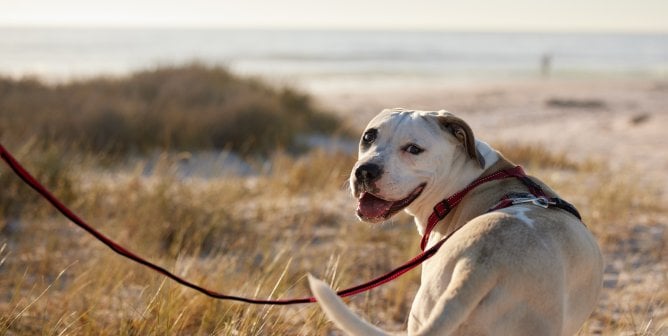Do Guinea Pigs Make Good ‘Starter Pets’ for Kids? No—Here’s Why
Do guinea pigs make good “starter pets” for kids? From the abuse they’re subjected to by breeders and pet stores to the expensive specialized care they require, there are many reasons why not.
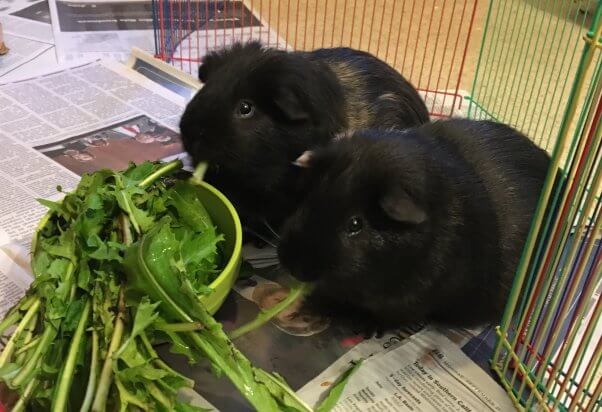
First, adopting an animal isn’t like taking a practice test. Small animals need the same respect, consideration, and care that all other animals do, and they shouldn’t be forced to suffer in order for a child to learn responsibility. Animals can become sick or injured or even die when children aren’t able to meet their needs. People who think that small animals are easy to take care of and more affordable than dogs or cats are typically in for a surprise.
Are Guinea Pigs Easy to Care For?
The short answer is no. It requires a lot of time, energy, and money to keep guinea pigs healthy, clean, and happy.
My adopted pigs, Duke and Bogart, have enriched my life with their distinctive—and very big—personalities. Bogart keeps excellent track of daily food and treat times, reminding me with loud wheeks and then “popcorning” (jumping for joy) when his order arrives. The same thing happens when I open the refrigerator’s vegetable drawer, crinkle a plastic wrapper, or bite into a crunchy apple. Duke is quieter, more discerning about his treats, and more likely to poke his head out of the igloo, box, or blanket they’re burrowing in to visit with me and accept head scratches. They argue, make up, and curl up together. They’re charming, photogenic, and funny and are even willing to cuddle now and then. But guinea pigs are highly susceptible to a number of serious health issues, and I’ve found myself spending more time researching symptoms and more money at the vet’s office than I have with any other animal.
Respiratory infections are the most common health concern for guinea pigs and their most common cause of death. They can be caused by several types of bacteria, including Bordetella, Staphylococcus, and Streptococcus. Guinea pigs can naturally harbor these bacteria, and because these bacteria are opportunistic, they can multiply and cause illness when animals are susceptible. Since guinea pigs are prey animals, they hide all signs of sickness or weakness, and guardians often don’t notice that anything is wrong until their pig has developed pneumonia. Guinea pigs are also prone to develop inner ear infections, gastrointestinal disease, scurvy, tumors, abscesses, urinary problems, and bumblefoot. Guardians must be hypervigilant to monitor their pigs’ health and weight, perform frequent checks for any signs of change, and be ready to head to the vet at the first sign of trouble. Children simply are not equipped to provide the level of care that these delicate animals require.
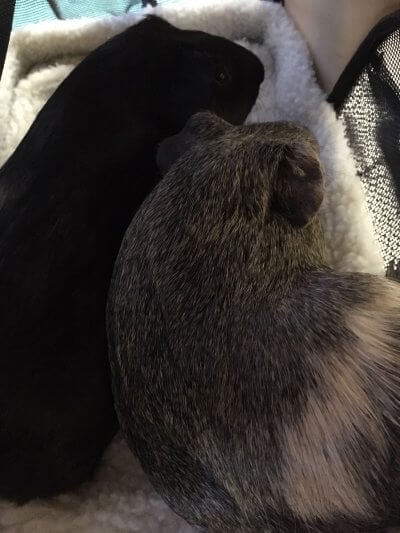
Guinea Pigs Need Time to Get to Know You
My colleague Elizabeth, who has also adopted two guinea pigs, put it this way: “One thing I found difficult is that you have to convince your pigs to like you.” Because guinea pigs are a prey species, they’re often scared when human hands reach for them in a way that’s similar to how a predator might attack from above. Guinea pigs put you through an approval process, and young children likely won’t have the patience to earn their trust slowly. Some of them never like to be picked up or held by humans and always prefer “hands-off” guardianship, although this largely depends on their personality.
Guinea Pigs Are Messy
After caring for a large dog, I thought that cleaning up after a 2-pound animal would be a snap. I was wrong. Guinea pigs have to spend a great deal of time chewing in order to wear down their constantly growing teeth. And all the food pellets, hay, vegetables, and chewing blocks add up to a baffling amount of waste. Since most don’t respond to training to eliminate in a certain area, the waste ends up everywhere. Ideally, someone should spot-clean the habitat several times a day, but if no one is home during the day, the enclosure has to be cleaned out at least every night. I find it easiest to use a fleece cage liner and cover it with a towel, which I change every day, and then change all the bedding every couple of days.
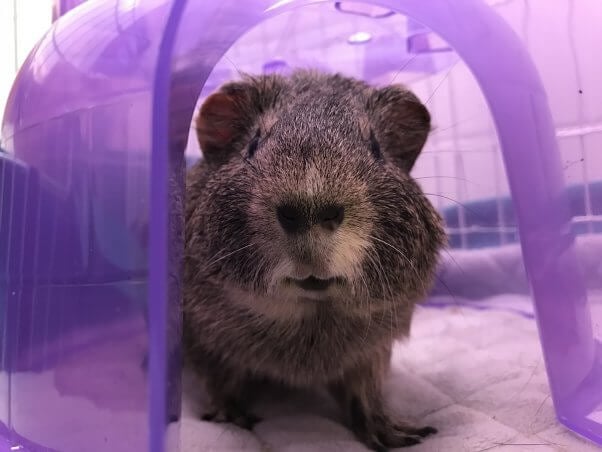
Guinea Pigs Require Loads of Laundry
As you’re changing towels and bedding, guinea pig laundry starts to pile up. You may also need to wash cloth toys, ramp covers, and snuggle blankets. Plan on doing about two large loads of pig laundry every week and then cleaning fur and hay out of your machines afterward. Elizabeth has found that a guinea pig laundry bag (or two) helps keep her machines cleaner.
PETA Business Friend GuineaDad has plenty of fleece bedding options for easy and frequent laundry rotations.
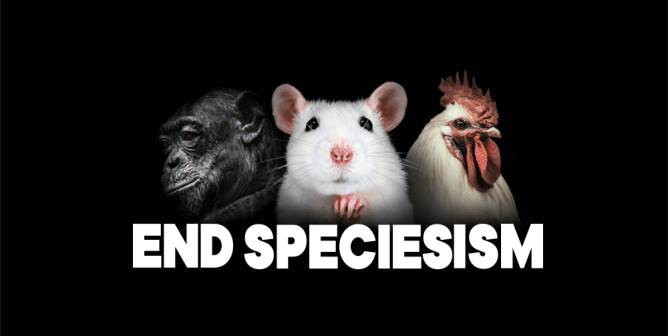
Guinea Pigs’ Sharp Teeth Can Be Piercing
When guinea pigs chatter their teeth at you, it means exactly what you think it means: “Don’t do that.” But even if they aren’t chattering, most don’t enjoy being picked up and will run, burrow, and hide when people try. When trying to pick them up, guardians have to be careful, because the animals frequently squirm and can fall and hurt themselves. Often, once they’re picked up and wrapped in a blanket so that they feel secure, they will relax enough for a quick exam, petting or brushing, or treats. But if they aren’t in the mood to be held, they may nip your fingers, and their tiny, sharp teeth can break the skin.
They Need Monthly Manicures
Guinea pigs’ nails grow quickly. Unless their guardians are extremely competent at giving nail trims, the animals will need to be taken to the vet about once a month for them, at a cost of at least $15 to $20 per trim (and higher in some areas).
Guinea Pigs Should Always Be Adopted as a Pair
In nature, guinea pigs live in close-knit colonies in which they establish distinct hierarchies, talk to one another, and use body language. These highly social animals suffer mentally and physically when they’re housed alone. They need a companion of their own species to communicate, play, and cuddle with. Companionship is so vital to their well-being that Switzerland made it illegal to keep only one of them. If you’re going to adopt a male and a female, the male must be neutered at least six weeks before they’re allowed to cohabitate.
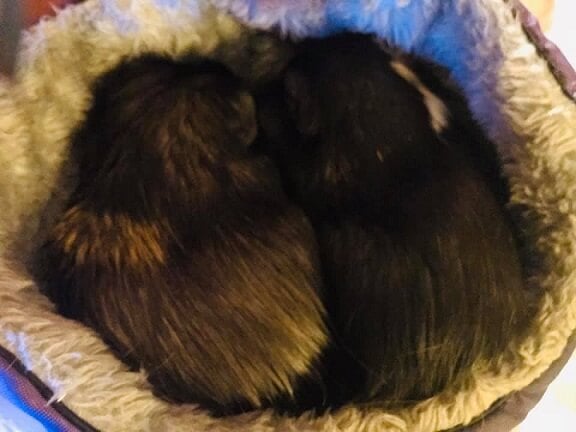
Frequently Asked Questions About Guinea Pig Care
Every animal deserves to have a loving home, and PETA is dedicated to ending the homeless-animal crisis. We try to inform people so that they won’t purchase animals on a whim and then leave them at animal shelters when they become “too much work.” But for people who are seriously considering adopting guinea pigs and providing them with a lifetime of care, here are a few tips:
What Can Guinea Pigs Eat?
The bulk of a guinea pig’s diet should be high-quality grass hay, such as timothy or orchard, and timothy hay–based food pellets with no added seeds or colored pieces. Guinea pigs should also have a variety of fresh vegetables and herbs, and fruits can be offered sparingly. For a breakdown of what guinea pigs should eat, how much, and how often, see PETA’s guide to guinea pig nutrition.
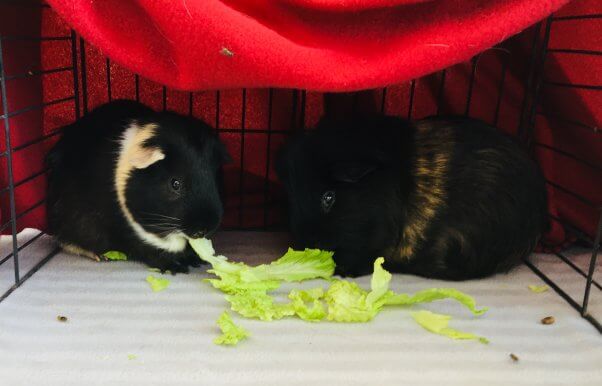
What Bedding Do Guinea Pigs Need?
You’ll need to line your guinea pigs’ habitat with comfortable fleece cage liners (covered in towels, if you find they make cleanup easier), which should be changed and laundered frequently. Be sure to use an unscented, cruelty-free detergent, as fragrances can be irritating for guinea pigs.
Guardians should also provide igloos for small animals or small boxes with doorways, a large pile of hay, and other areas where they can engage in their natural burrowing and hiding behavior. Most feel more secure when their habitat is at least partially covered with a light sheet or blanket. Don’t use cedar or pine shavings for bedding—they’re toxic to guinea pigs.
Are Guinea Pig Vets Expensive?
Your vet may not have much experience with exotic animals and may refer you to an exotic animal specialist for routine checkups and other care. This could cost twice as much or more than going to a vet who sees dogs and cats.
Do Guinea Pigs Need Chew Toys?
Yes. Apple branches and specialty wood chewing blocks—available at pet supply stores—are great for keeping guinea pigs busy and engaged and helping to keep their teeth from growing too long.
What Is the Best Cage for Guinea Pigs?
Their enclosure should be as large as your space can accommodate and should be at least 5 feet by 2 feet for two guinea pigs. Most cages sold in pet stores are too small, and using them would be the equivalent of forcing a human to live in a bathroom. Never force guinea pigs (or any other animal) to walk on wire flooring. Flooring made of wood, tile, or linoleum (i.e., anything that’s slick) is also not ideal. To avoid sore hocks and other foot problems, provide your guinea pig with soft, flexible flooring that will mimic the natural feel of the earth.
My pigs like having two Guinea Habitats by MidWest Homes for Pets, connected with an open door. They should be let out of their cage every day in an animal-safe area for exercise.
How Do I Give My Guinea Pigs Water?
They should have at least one or two heavy ceramic bowls that are cleaned daily and always filled with fresh water. You should also provide them with water in a bottle with a sipper tube—guinea pigs have their preferences. Having both ensures that if the bottle breaks or the bowl spills or becomes dirty, your pigs will still have a clean water source.
How Often Should I Brush My Guinea Pig?
Long-haired guinea pigs need to be gently combed once a week to prevent painful mats.
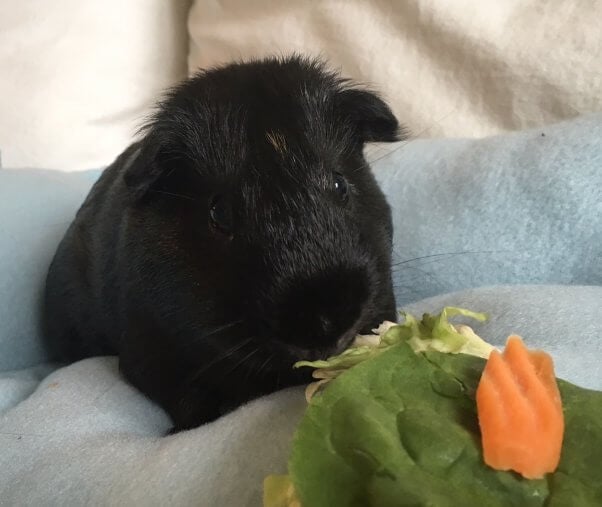
*****
If your family is ready to give a pair of guinea pigs a permanent home (which can mean seven or more years), you’ll definitely want to adopt. Duke and Bogart came to PETA after an eyewitness found them suffering along with many other animals at a PetSmart store in Nashville, Tennessee. The store’s management refused to provide sick and injured animals with needed medical care, saying, “There’s no point in me paying that for a $15 animal.” Their road to recovery has been long and expensive. PETA eyewitnesses have found the same callousness and abuse at every pet-store supplier that we’ve investigated.
Where Do Stores Like PetSmart and Petco Get Guinea Pigs?
As PETA has frequently exposed, guinea pigs and most small animals sold at pet stores usually come from squalid breeding facilities. At PetSmart and Petco supplier Sun Pet Ltd., for example, a PETA eyewitness documented that workers abusively handled and violently killed hundreds of sensitive, intelligent animals. Workers put hamsters in a bag and bashed them against a table in an attempt to kill them, gassed animals they couldn’t sell in a filthy tank, and set out poison to slowly and painfully kill any animals who got loose.
At Great Pets—a breeding facility in Licking County, Ohio, that supplies guinea pigs and birds to Petland—a 2021 PETA eyewitness investigation found that employees crammed guinea pigs into small metal tubs that had not been sanitized in weeks and reeked of ammonia. They denied the animals adequate care for upper respiratory infections, paralysis, and other serious medical issues and often left them to die. A guinea pig with a suspected upper respiratory infection struggled to breathe for at least three weeks before she was finally released from her suffering. Another apparently had a uterine infection or a dead pup still in her womb, but workers left her to languish for two weeks before her suffering finally ended.
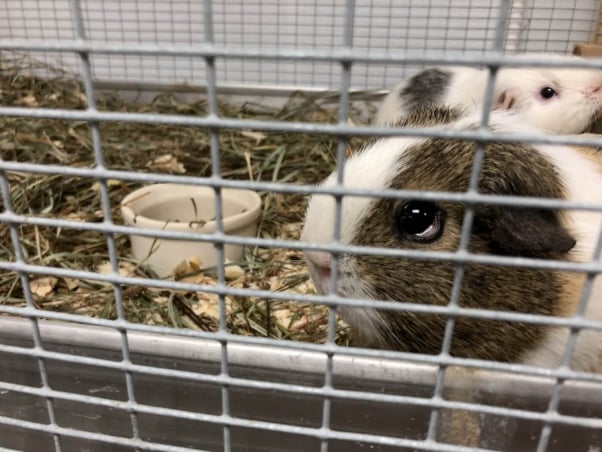
If you can provide two guinea pigs with a lifetime of compassionate care, there are many reputable guinea pig rescue groups and humane societies that would be happy to help match your family with the right pair. The Guinea Pig Adoption Network, Cavy Spirit, and Petfinder are great places to start. Every guinea pig is someone. And with a loving guardian, everyone can be a wonderful companion.



